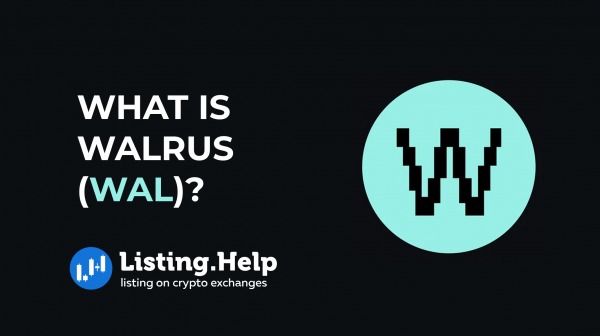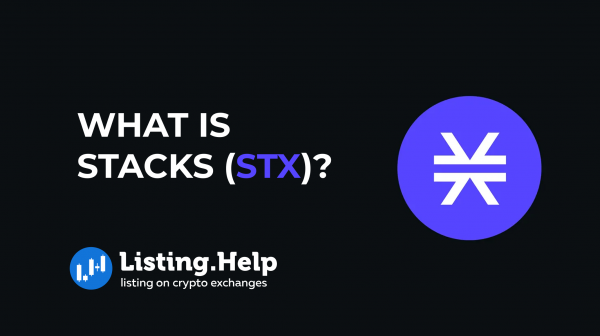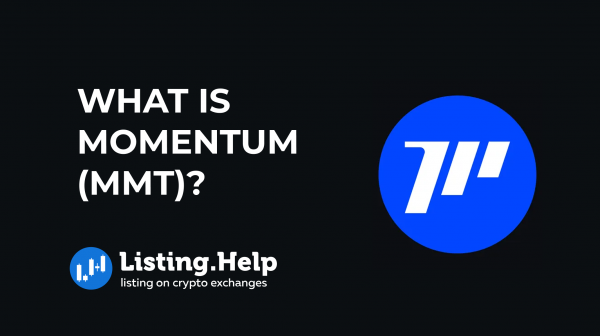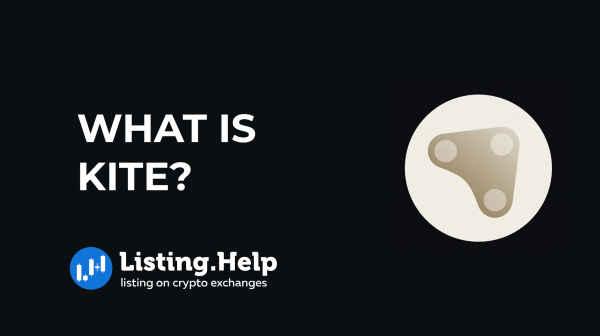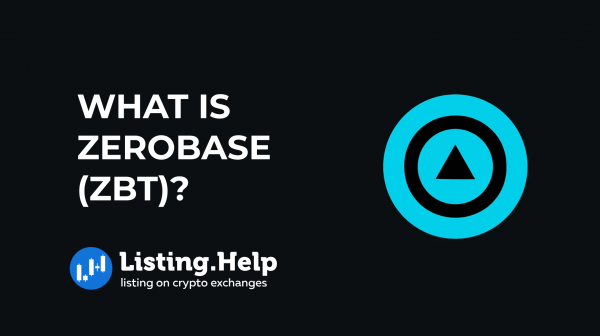What is Subsquid Network: A Comprehensive Overview
 July 6, 2024
July 6, 2024 Updated: January 27 2025, 06:44
Updated: January 27 2025, 06:44
LEAVE A REQUEST
Launching your own token project? Our experts are ready to help with listing on exchanges, market making, marketing and other solutions
SUBMIT APPLICATIONThe Subsquid Network offers a new approach to accessing and processing blockchain data. It features a decentralized data lake designed for scalable, permissionless, and reliable data access, free from central control.
Core Elements of the Subsquid Network
1. Data Providers: These individuals or entities upload blockchain data to the network, ensuring its availability and integrity.
2. Workers: They store and process the data, earning SQD tokens as rewards. Their role is vital for accurate data processing.
3. Scheduler: It manages data distribution among workers, ensuring efficient and balanced workloads.
4. Reward Manager: This component calculates and distributes rewards to workers, incentivizing participation and maintaining network health.
5. Data Consumers: End-users or applications that query the network for data, using SQD tokens for access.
What is SQD Token?
SQD is the ERC-20 protocol token at the heart of the Subsquid Network ecosystem. This token will be deployed on the Ethereum mainnet and linked to Arbitrum One, ensuring the blockchain operates as a dependable, censorship-resistant, and impartial ledger. This setup supports reward distribution and manages access to network resources.
The SQD token plays a vital role within the Subsquid ecosystem. It enhances and secures network operations in a decentralized manner:
1. Incentivizing Infrastructure Providers: SQD rewards node operators who contribute computational and storage resources to the network.
2. Curating Network Participants: Through delegation, SQD enables the selection of reliable node operators, supporting a permissionless system.
3. Managing Resource Consumption: Users can lock SQD tokens to increase their data access rate limits from the decentralized data lake.
4. Participating in Governance: SQD holders can engage in decision-making processes, voting on protocol changes and other proposals.
The token’s curation feature allows the Subsquid community to delegate SQD to chosen node operators, maintaining a trustless environment. Using SQD to adjust rate limits boosts performance without relying on centralized providers, enhancing decentralized data access.
Technologies and Features
The Subsquid Network uses DuckDB, a high-performance database management system, for efficient querying. This setup allows data to be accessed quickly and cost-effectively. The network architecture supports batching and filtering capabilities, enabling access to data from multiple blocks at once, thus reducing access costs compared to traditional methods.
Network Configurations
The Subsquid Network operates in two main configurations:
1. Decentralized Permissionless Network (Testnet): This testnet serves data for an increasing number of supported networks, routing requests through a local peer-to-peer (p2p) gateway.
2. Permissioned Private Network: Known as Subsquid Archives, this production-ready version runs on Subsquid’s infrastructure. It serves as a stable data source until the decentralized network matures and is accessible via a public API.
Data Providers
Data Providers generate the data that the Subsquid Network distributes. The current focus is on on-chain data, sourced from blockchains and Layer 2 solutions. At present, Subsquid supports EVM and Substrate chains, with plans to extend support to Cosmos and Solana soon.
These providers must ensure the quality and timely delivery of data. Initially, Subsquid Labs GmbH serves as the sole data provider, acting as an intermediary for chains from which data is ingested block-by-block. This data is validated by comparing hashes, then split into small compressed chunks and stored persistently. The chunks are randomly assigned to workers for distribution.
The metadata is recorded on-chain and updated by the data provider each time new data is uploaded. This metadata includes the schema, data layout, reserved storage, and the desired replication factor for the network. Details on the metadata structure are available in the Appendix.
Data providers are incentivized to consistently deliver valid data and ensure its availability in persistent storage. During the initial phase, Subsquid Labs uses an S3-compatible service for storage, with backups pinned to IPFS. As the network evolves, more data providers and storage options will be introduced, vetted by on-chain governance and trusted parties.
Data providers pay on-chain subscription fees to the network to make data available and have it served by workers. These fees go to the Subsquid Network treasury.
Usage and Access
Developers and users can easily access the Subsquid Network. It supports various blockchain networks, including EVM and Substrate-based networks. Developers can configure their applications to interact with these networks through simple API calls, facilitating seamless data access and integration.
Future Development and Community Participation
The Subsquid Network is set to expand its capabilities and user base. Developers are encouraged to add support for new blockchain networks. The community can engage in the network’s development and governance, ensuring the Subsquid ecosystem evolves to meet industry demands.
Conclusion
The Subsquid Network is a significant advancement in blockchain data management. Its decentralized, scalable, and efficient approach addresses many current limitations in blockchain data access. With the use of SQD tokens and advanced technologies, the network promises robust and cost-effective data solutions for a wide range of applications.

To gain deeper insights and stay updated with the latest trends and developments in blockchain technology, we invite you to explore our Listing.Help Blog.







 December 29, 2025
December 29, 2025 
